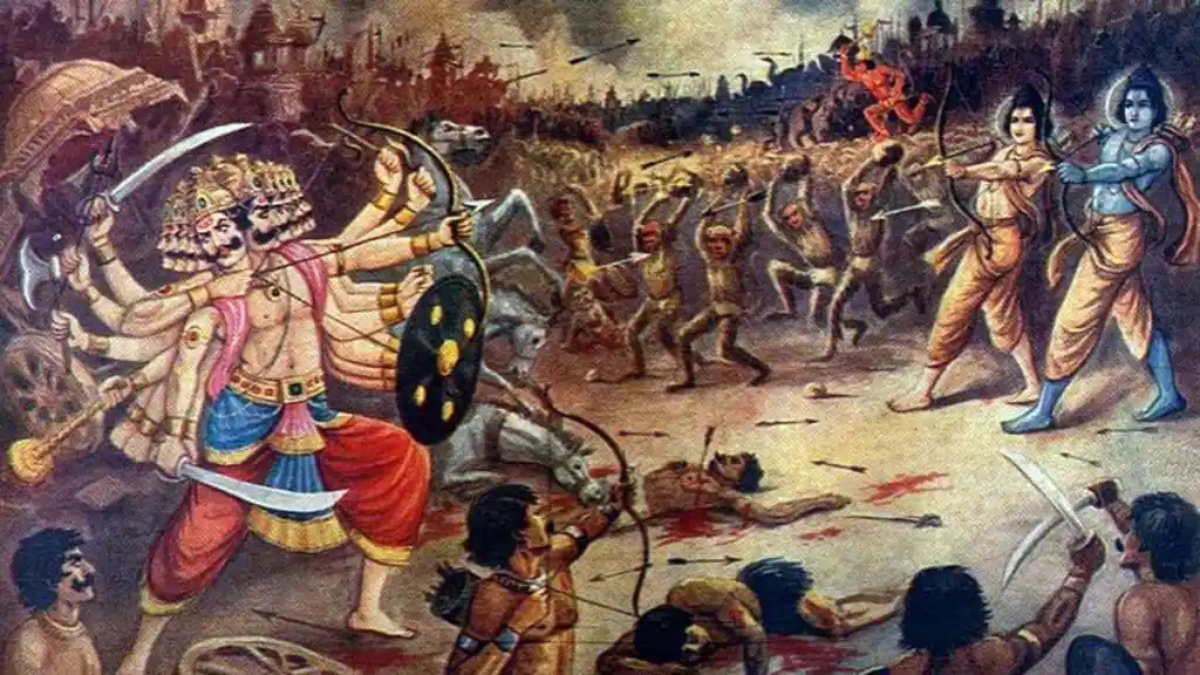The International Ramayana and Vedic Research Institute organized a Ramayana Conclave at the Swami Vivekananda Cultural Centre in Colombo. Eminent scholars and religious leaders from India and Sri Lanka participated in discussions on the global impact of Lord Rama’s personality and the historical significance of Ramayana-related sites in Sri Lanka.
Introduction: The Ramayana’s Cultural and Historical Influence
The Ramayana, one of the greatest Hindu epics, continues to inspire scholars, historians, and devotees worldwide. Sri Lanka holds a special place in the Ramayana due to its association with Ravana’s kingdom and several key locations mentioned in the epic. Recognizing its profound cultural and spiritual relevance, the International Ramayana and Vedic Research Institute hosted a Ramayana Conclave in Colombo, aiming to delve into the historical, religious, and philosophical aspects of the Ramayana.
Key Highlights of the Ramayana Conclave
Scholars and Experts Join the Discussion
- Vice Chancellors of Leading Indian Universities – Prof. Manoj Dixit from Bikaner University and Prof. Neerja Gupta from Gujarat University – addressed the event via Video Conference.
- Religious leaders and Vedic scholars from India and Sri Lanka engaged in discussions about the global impact of Lord Rama’s life and values.
- They provided insights into Ramayana’s influence on multiple cultures, referencing historical and archaeological evidence.
Discussions on Sri Lanka’s Ramayana Heritage
- Experts emphasized Sri Lanka’s mythological and archaeological connection with the Ramayana.
- Several significant sites in Sri Lanka are linked to Lord Rama and Ravana, making them important for pilgrimage and research.
- The conclave highlighted key locations where Lord Rama’s divine journey and war with Ravana unfolded.
Significant Ramayana Sites in Sri Lanka
1. Seetha Eliya (Seetha Amman Temple)
- Located near Nuwara Eliya, it is believed to be the place where Sita was kept in captivity by Ravana.
- A small temple dedicated to Goddess Sita stands here, attracting thousands of devotees annually.
2. Manavari Temple
- This temple in Chilaw is said to be the first place where Lord Rama installed a Shiva Lingam after his victory over Ravana.
- The lingam here is called “Ramalingam”, and it is believed that worshiping here absolves sins.
3. Munneswaram Temple
- Another crucial temple where Lord Rama prayed to Lord Shiva after defeating Ravana.
- It holds great spiritual significance and is visited by both Hindus and Buddhists.
The Global Impact of Lord Rama’s Teachings
Religious leaders and scholars at the conclave discussed how Lord Rama’s personality, values, and governance have influenced cultures across the world. Some key points include:
- Lord Rama is seen as an embodiment of righteousness (Dharma), leadership, and devotion.
- His principles are admired and followed in countries like Thailand, Indonesia, Cambodia, and Nepal, where Ramayana-inspired art and literature thrive.
- The conclave highlighted the philosophical teachings of Ramayana, which promote unity, devotion, and justice.
Summary of the News
| Aspect | Details |
|---|---|
| Event Name | International Ramayana Conclave |
| Organizer | International Ramayana and Vedic Research Institute |
| Venue | Swami Vivekananda Cultural Centre, Colombo |
| Key Speakers | Prof. Manoj Dixit (Bikaner University), Prof. Neerja Gupta (Gujarat University), Religious leaders from India & Sri Lanka |
| Main Topics | Influence of Lord Rama, Ramayana’s global impact, Sri Lanka’s significance in the Ramayana |
| Significant Locations Discussed | Seetha Eliya, Manavari Temple, Munneswaram Temple |
| Key Takeaways | Strengthening cultural ties, promoting spiritual tourism, fostering research on the Ramayana |



 Odisha to Host Regional AI Impact Confer...
Odisha to Host Regional AI Impact Confer...
 2nd WHO Global Summit on Traditional Med...
2nd WHO Global Summit on Traditional Med...
 UNEA Adopts India’s Resolution on Global...
UNEA Adopts India’s Resolution on Global...







